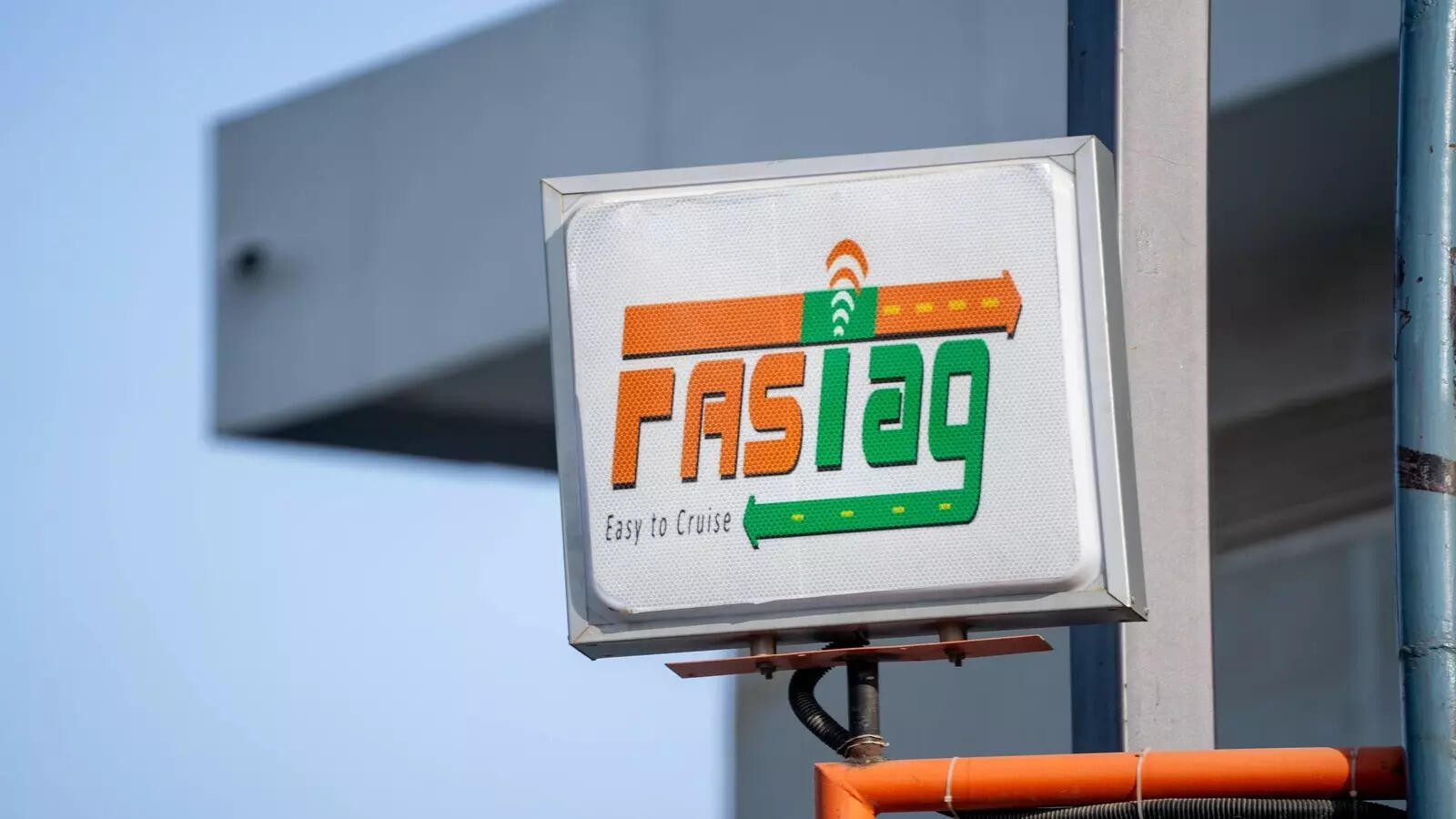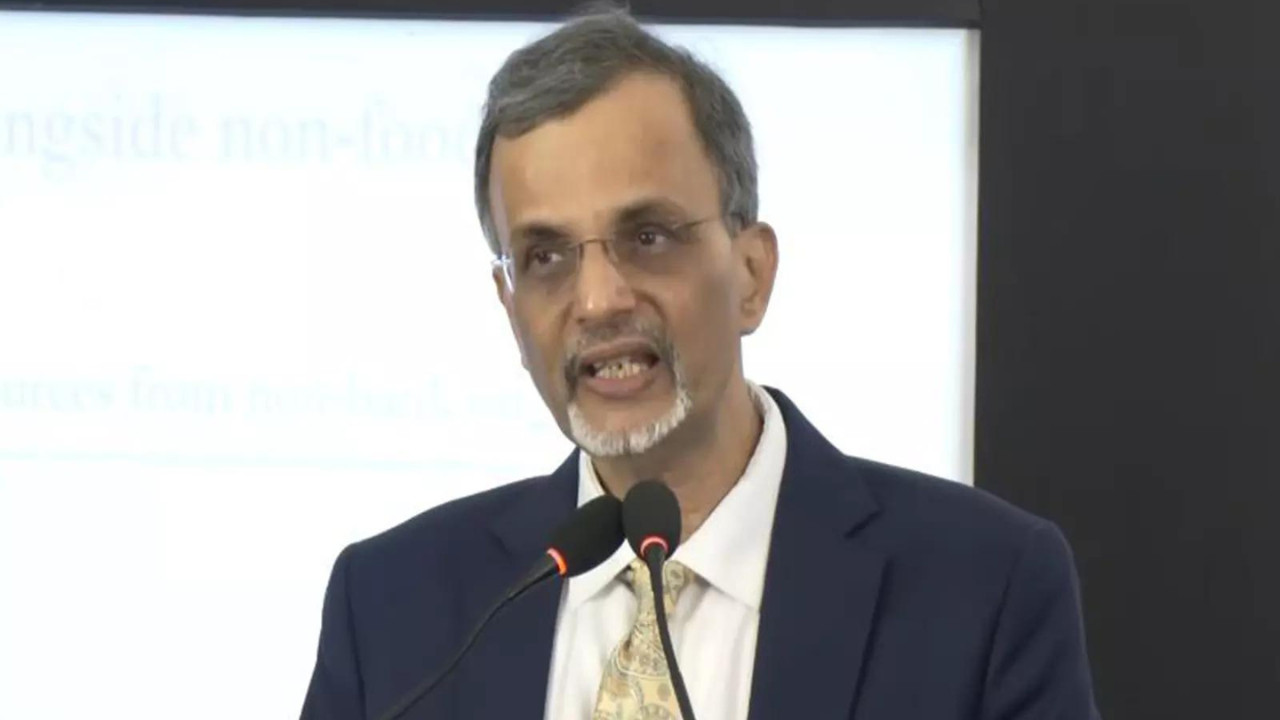The FASTag Annual Pass is gaining popularity. It crossed five lakh users in four days. The pass was launched on Independence Day. It allows non-commercial vehicles for one year. Tamil Nadu, Karnataka, and Haryana lead in purchases. Transactions are high in these states and Andhra Pradesh. The Rajmargyatra App facilitates activation. NHAI is addressing user queries.
Zooming Through Tolls: Why FASTag Annual Passes Are Gaining Traction
Remember the days of fumbling for cash at toll booths, holding up the line while you dug through your wallet? Those days are fading fast, thanks to FASTag. And now, there’s a new way to streamline your highway journeys: the FASTag annual pass. It seems drivers are catching on quickly, with a surge in purchases indicating a significant shift in how people are paying their tolls.
In just four days, over 5 lakh users have signed up for these annual passes, signaling a clear preference for hassle-free travel. But what’s driving this sudden rush?
The Allure of Unlimited Travel
The key selling point of the FASTag annual pass is simple: unlimited travel on a specific toll route for an entire year. For frequent commuters, this is a game-changer. Imagine the time saved, the reduced stress, and the predictability of knowing your toll costs are covered. It eliminates the constant need to recharge your FASTag and keeps you moving smoothly.
The convenience factor is undeniable, particularly for those who regularly traverse the same highways. Think about delivery drivers, sales representatives, or anyone with a consistent route. The annual pass offers a cost-effective solution compared to paying individual tolls, leading to significant savings over time.
But is the pass truly economical for everyone? The break-even point depends on how often you use the specified toll route. If you’re only passing through occasionally, the standard FASTag system with pay-as-you-go functionality might still be the better option. Doing the math is crucial to see if an annual pass aligns with your travel habits.

Tamil Nadu Leads the Charge
Interestingly, Tamil Nadu has emerged as the frontrunner in adopting this new system. The state recorded the highest number of annual pass purchases during the initial four-day period, suggesting a strong embrace of digital tolling solutions among its drivers. What accounts for this enthusiasm?
Perhaps it’s the state’s well-developed highway infrastructure and high volume of traffic. Tamil Nadu’s robust network of roads means more people are likely to find value in a pass that covers specific routes within the state. Or maybe it is effective digital literacy programs that enabled people to embrace the digital solutions in the first place. Whatever the reason, Tamil Nadu’s adoption rate highlights the potential for other states to follow suit.
How FASTag is Transforming Indian Highways
Beyond the annual pass, the broader adoption of FASTag has revolutionized the tolling experience across India. The electronic toll collection system has drastically reduced congestion, shortened travel times, and improved fuel efficiency. No more weaving through lanes to find the cash-only booth!
The system works by using Radio Frequency Identification (RFID) technology. A FASTag sticker is affixed to your vehicle’s windshield and is automatically scanned as you pass through a toll plaza. The toll amount is then deducted from your linked account. This seamless process has made highway travel significantly more efficient, and the push towards annual passes is the next logical step in optimizing the user experience.
Even beyond convenience, FASTag promotes transparency. Every transaction is recorded, providing a clear audit trail for users. This reduces the potential for errors and ensures accurate toll collection. Furthermore, it contributes to the government’s efforts to digitize the economy and promote cashless transactions.
The Road Ahead for FASTag
The initial success of the FASTag annual pass program indicates a growing demand for convenient and cost-effective tolling solutions. As more people become aware of the benefits, adoption rates are likely to increase further. The National Highways Authority of India (NHAI) could further incentivize usage through attractive pricing or targeted promotions.
It is also possible to enhance the current offering, perhaps with flexible passes that cover multiple routes or passes that can be customized based on distance. This will require careful analysis of traffic patterns and user preferences.
Ultimately, the future of tolling in India looks increasingly digital. The FASTag annual pass is not just a passing fad; it reflects a fundamental shift towards smart, efficient, and user-friendly transportation systems. As technology continues to evolve, we can expect even more innovative solutions to emerge, making highway travel smoother and more enjoyable for everyone.
In conclusion, the rising popularity of the FASTag annual pass demonstrates a clear trend towards seeking more convenient and potentially cost-effective toll payment solutions. Tamil Nadu’s leading role showcases the pass’s potential in regions with extensive highway networks and frequent commuters. This move towards annual passes highlights a continued evolution of FASTag, improving highway travel efficiency and embracing digital solutions.







